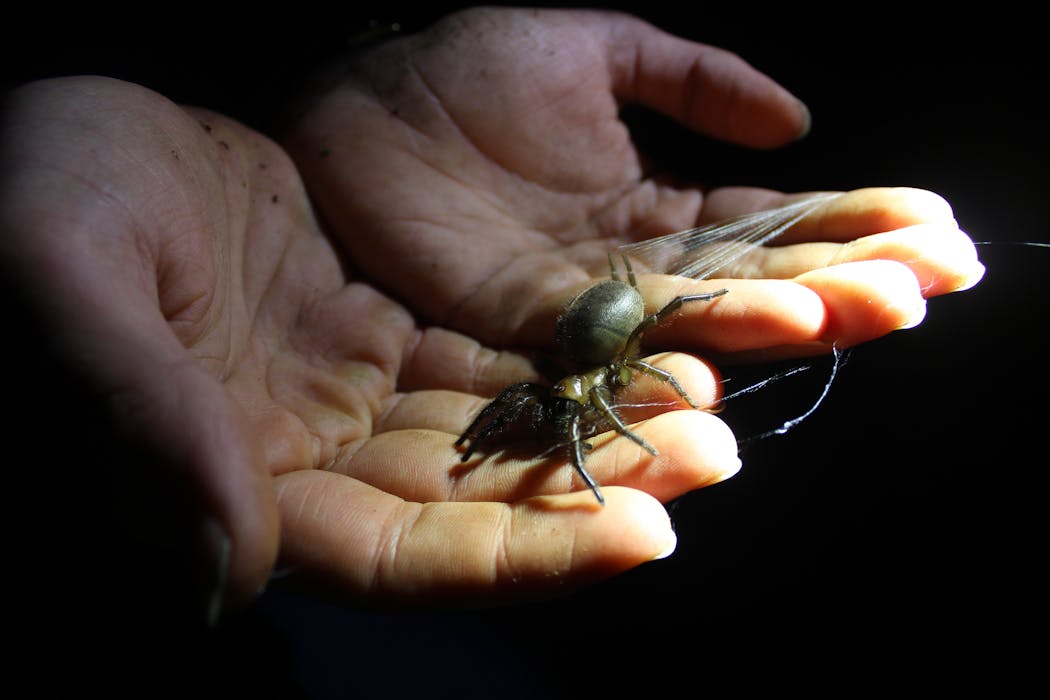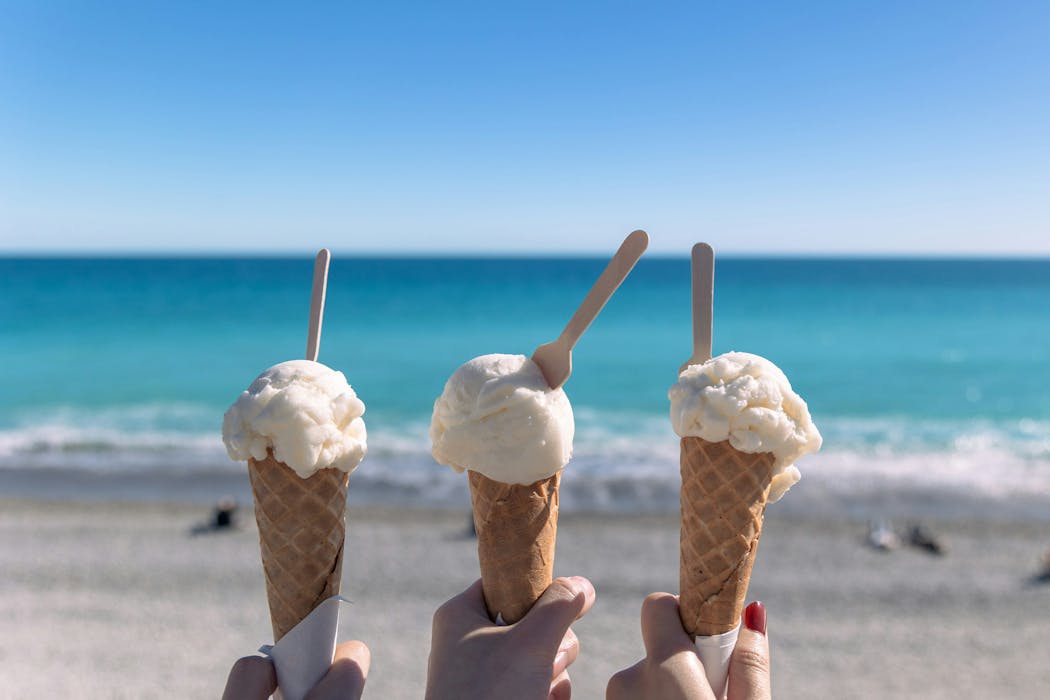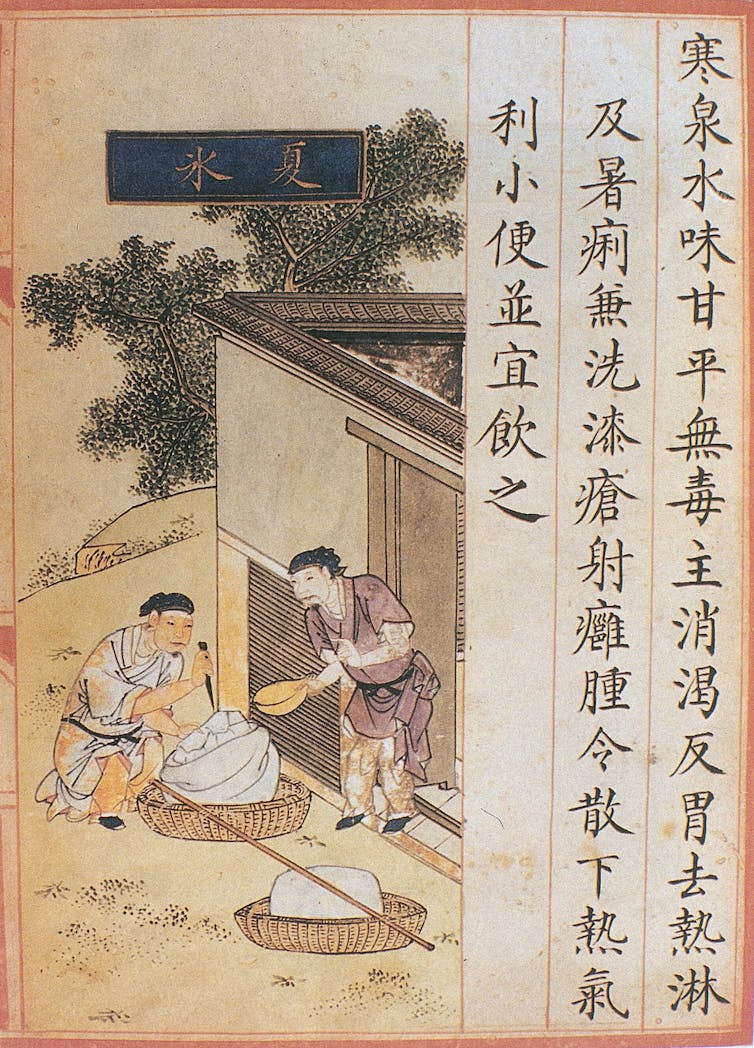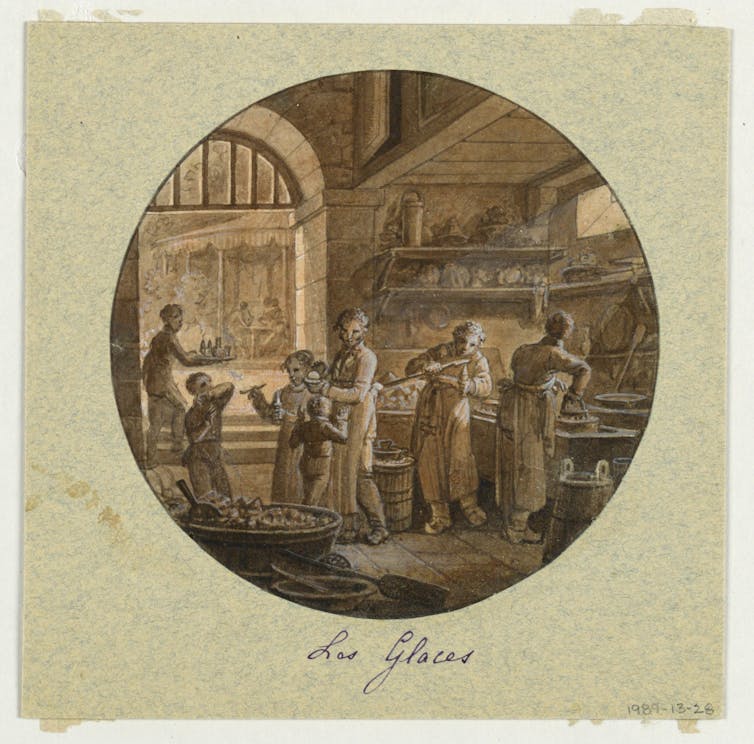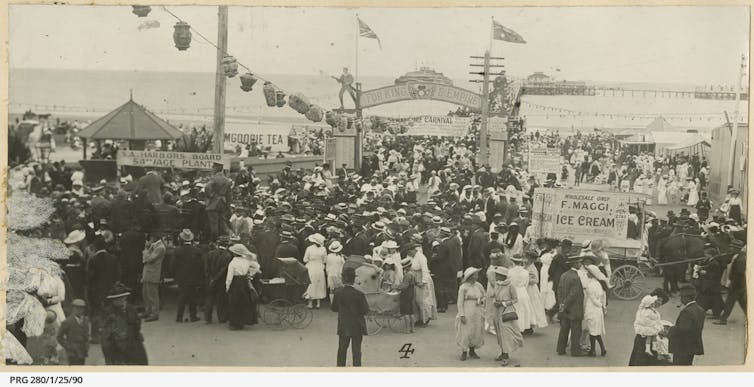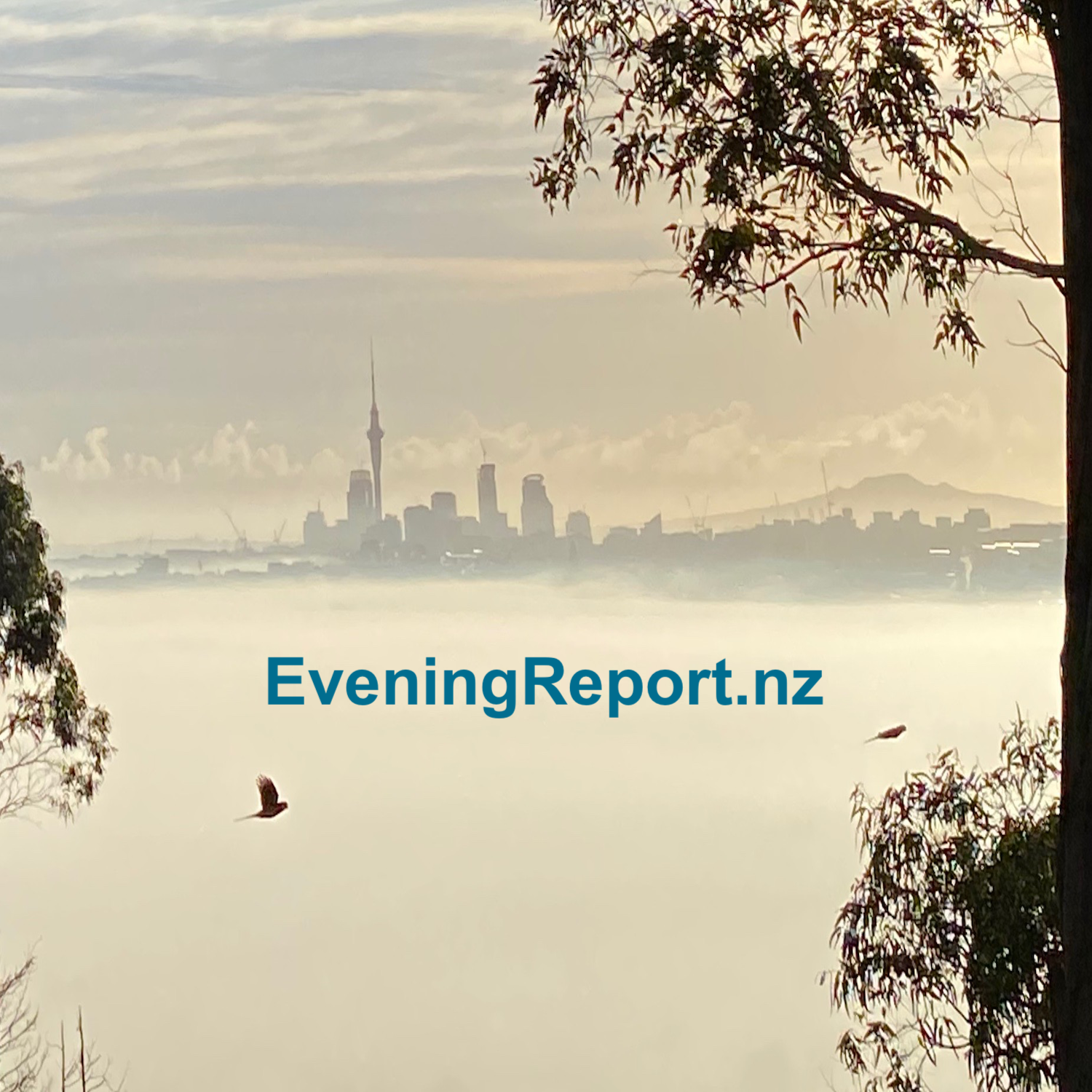Source: Radio New Zealand
NZ’s biggest news stories 2025. RNZ / Quin Tauetau
The year 2025 felt like the year of the strikes.
Over the past 12 months, we saw an abundance of industrial action across the public sector, including one of the largest strikes in New Zealand history.
Geopolitical tensions, weather extremes and contentious policy changes also dominated the headlines.
Scandals rocked the police force, free school lunches were criticised, and New Zealand said good-bye to seven decades of the Census.
Here are some of the biggest stories that made headlines around the country:
The disgraced former top cop and a police cover-up
Former Deputy Police Commissioner Jevon McSkimming had a dramatic fall from grace, but not without taking several top cops with him.
The first signs of trouble emerged in December last year when media reported McSkimming was on leave amid separate investigations by police and the Independent Police Conduct Authority.
The investigations related to allegations of sexual misconduct by McSkimming from a former non-sworn female police employee.
Police then began a second criminal investigation related to McSkimming’s use of his work electronic devices, which were discovered during the initial investigation.
After being placed on leave at the end of 2024, McSkimming resigned in May before he could be dismissed, following recent allegations of ‘a very serious nature’.
In August, the media revealed McSkimming was facing eight charges of possessing objectionable publications, including child sexual exploitation and bestiality material over a four-year period.
He pleaded guilty and was sentenced in December to nine months’ home detention.
But the troubles didn’t stop there.
A damning report by the Independent Police Conduct Authority was dropped in November, finding serious misconduct at the highest levels of police over how they handled accusations of sexual offending by McSkimming.
The allegations arose from an affair between McSkimming and a woman who was a non-sworn police employee at the time.
Jevon McSkimming and Andrew Coster. RNZ
The IPCA report said when police did eventually refer the woman’s claims to the authority, several months after it was recommended, they do so, senior police attempted to influence the investigation.
The fallout was widespread and included resignations from former top cops and public apologies.
School lunches fiasco
The government’s cuts to the free school lunches have been a topic in the media all year.
Schools, students and parents have complained about lunches being late, too hot or too gross.
If that wasn’t enough, Libelle Group, the major provider of the school lunches, was placed into liquidation in March.
The school lunches seemed to quieten down in the news until the start of December, when a school complained they received mouldy meals. After a week of back-and-forth between the school, the lunch provider, and Minister responsible for the lunches, David Seymour, NZ Food Safety found that the rotten lunches were most likely caused by a mix-up by the school.
The lunches a Whangarei school received with their packaging already coming off and burnt. Supplied
Trump Tariffs
This year, US President Donald Trump sent the world into a frenzy after announcing “reciprocal” tariffs on nations worldwide, sparking trade wars and causing turmoil in global stock markets.
Each nation received a tariff number that will apply to most goods. New Zealand initially received a baseline tariff of 10 percent; however, that was increased to 15 percent in August. However, there are some exemptions.
US President Donald Trump holds up a chart while speaking during a “Make America Wealthy Again” trade announcement event at the White House on 2 April, 2025 in Washington, DC. CHIP SOMODEVILLA / Getty Images via AFP
Tom Phillips and the Marokopa children are found
An investigation that not only gripped the nation but made waves across the world was the search for Tom Phillips and his children.
For four years, the group evaded authorities in the dense bush of the rural community of Marokopa.
On 8 September, it all came to an end when Phillips was killed in an early morning shootout with police. His children were safely found in a remote campground.
One of the campsites where Tom Phillips and his children lived. RNZ / Supplied / Police
Gaza ceasefire
Almost exactly two years after the Gaza war began, a ceasefire was reached.
The truce stopped two years of devastating warfare in Gaza triggered by the 7 October, 2023 attack in which Hamas-led gunmen killed and took Israeli hostages, escalating the unresolved conflict in the Middle East.
The fragile ceasefire has seen Israeli hostages released and detained Palestinians freed.
However, it hasn’t stopped the humanitarian crisis in Gaza as the population faces high levels of food insecurity, made worse by winter storms.
A new displacement camp set up by the Egyptian Committee in Nuseirat, Gaza Strip on 11 November 2025. AFP / Eyad Baba
Te Pāti Māori
This year, Te Pāti Māori has been riddled with internal conflict, resulting in the party ousting one-third of its caucus.
The party was a smashing success last election, growing its caucus from two to six members and claiming all but one of the Māori seats.
In June, Parliament dealt its harshest ever punishment by suspending co-leaders Rawiri Waititi and Debbie Ngarewa-Packer for 21 days, and Hana-Rawhiti Maipi-Clarke for seven.
The trio were sanctioned for their haka during the first reading of the Treaty Principles Bill in November 2024.
Te Pāti Māori co-leaders Rawiri Waititi and Debbie Ngarewa-Packer. RNZ/Samuel Rillstone
Then, later in the year, allegations of intimidation and financial mismanagement exposed rifts within the party.
It resulted in the party expelling MPs Mariameno Kapa-Kingi and Tākuta Ferris, only to later reinstate Kapa-Kingi after she applied for a temporary court order.
The death of Pope Francis
Pope Francis, the 266th head of the Catholic Church, died aged 88 on 21 April.
He died of a stroke and heart failure, following a long illness.
Pope Francis died aged 88 on 21 April 2025. MARIKA KHABAZI / RNZ
Cardinal Robert Prevost was elected in a surprise choice to be the new leader of the Catholic Church in May, taking the name Leo XIV, and becoming the first US pontiff.
Mega strike
This year has seen an abundance of strikes, from healthcare workers, teachers, firefighters, to journalists, many Kiwis have walked off the job seeking better pay and working conditions.
In the last 12 months, there’s been a swathe of industrial action, including a megastrike – one of the largest strikes in New Zealand’s history.
Protesters take part in October 2025’s ‘mega strike’ in Auckland. Marika Khabazi / RNZ
The industrial action in October involved of more than 100,000 primary and secondary teachers, primary principals, teacher aides, nurses, doctors, ACC workers, and other healthcare workers.
There has been some progress, but many major disputes remain unresolved and a significant number of pay negotiations are due to kick off in the New Year.
After 70 years, the Census has been scrapped
For many decades, one night every five years, every person in this country was asked to pick up a pen and answer a series of questions about themselves and the house they lived in.
The Census – a survey that attempts to count every single person in a population – has offered fascinating insights into New Zealand’s changing face over the years.
But 2023 has turned out to be the last year that the government will ask every person in the country to participate in the Census. The government announced the end of the Census, which had existed for 70 years, in June.
It will be replaced with a combination of administrative data from other government agencies and smaller annual surveys that a sample of the population will complete.
The Census – a survey that attempts to count every single person in a population – has offered fascinating insights into New Zealand’s changing face over the years. RNZ
Bondi terror attack
In December, Australia saw its deadliest terror incident and the second-deadliest mass shooting in modern Australian history.
On 14 December, two gunmen opened fire on Bondi Beach in Sydney, Australia, targeting a Hanukkah celebration.
The gunmen shot at the crowd, killing 15 people, the youngest being a 10-year-old girl.
One of the gunmen died at the scene, and his son – the other gunman – was taken to the hospital and charged with 59 offences, including one terrorist act and 15 counts of murder.
Police and Australian intelligence agencies declared it an Islamic State-linked terrorist incident.
Mourners gather by floral tributes at the Bondi Pavilion in memory of the victims of a shooting at Bondi Beach on 15 December. AFP / Saeed Khan
Sign up for Ngā Pitopito Kōrero, a daily newsletter curated by our editors and delivered straight to your inbox every weekday.
– Published by EveningReport.nz and AsiaPacificReport.nz, see: MIL OSI in partnership with Radio New Zealand













